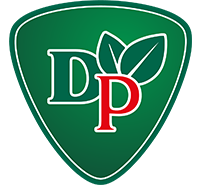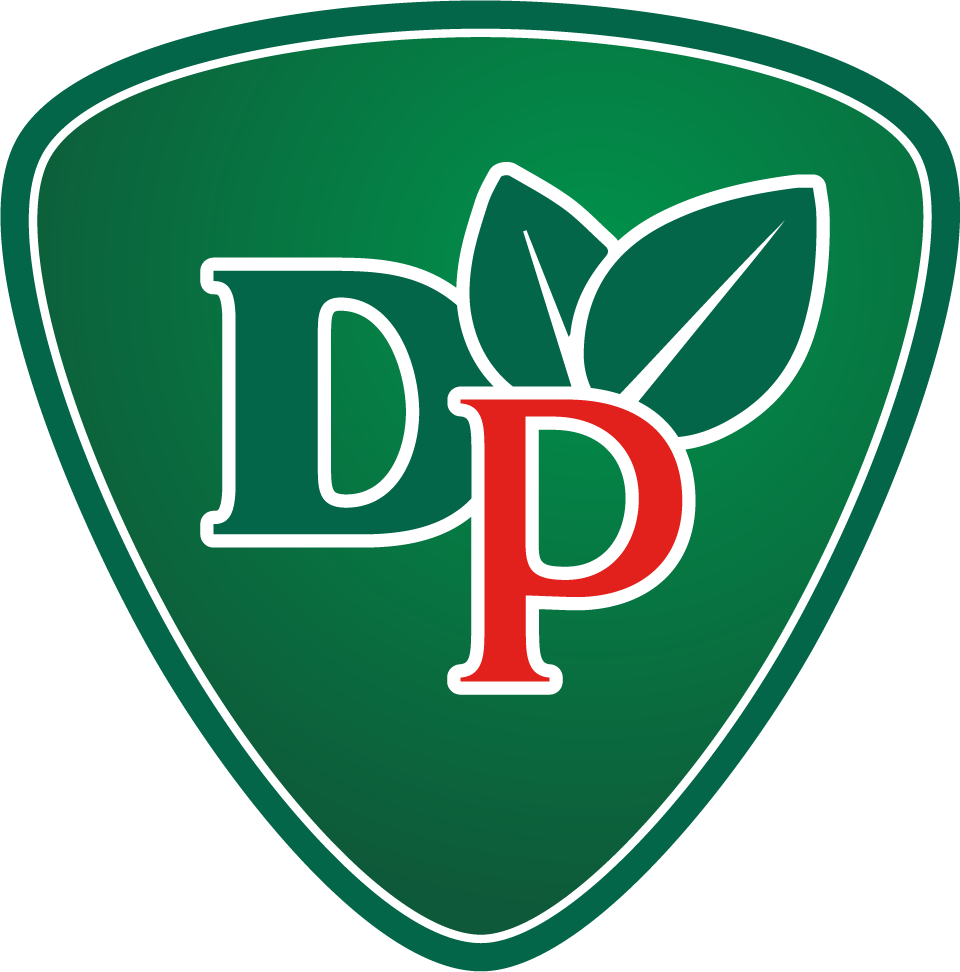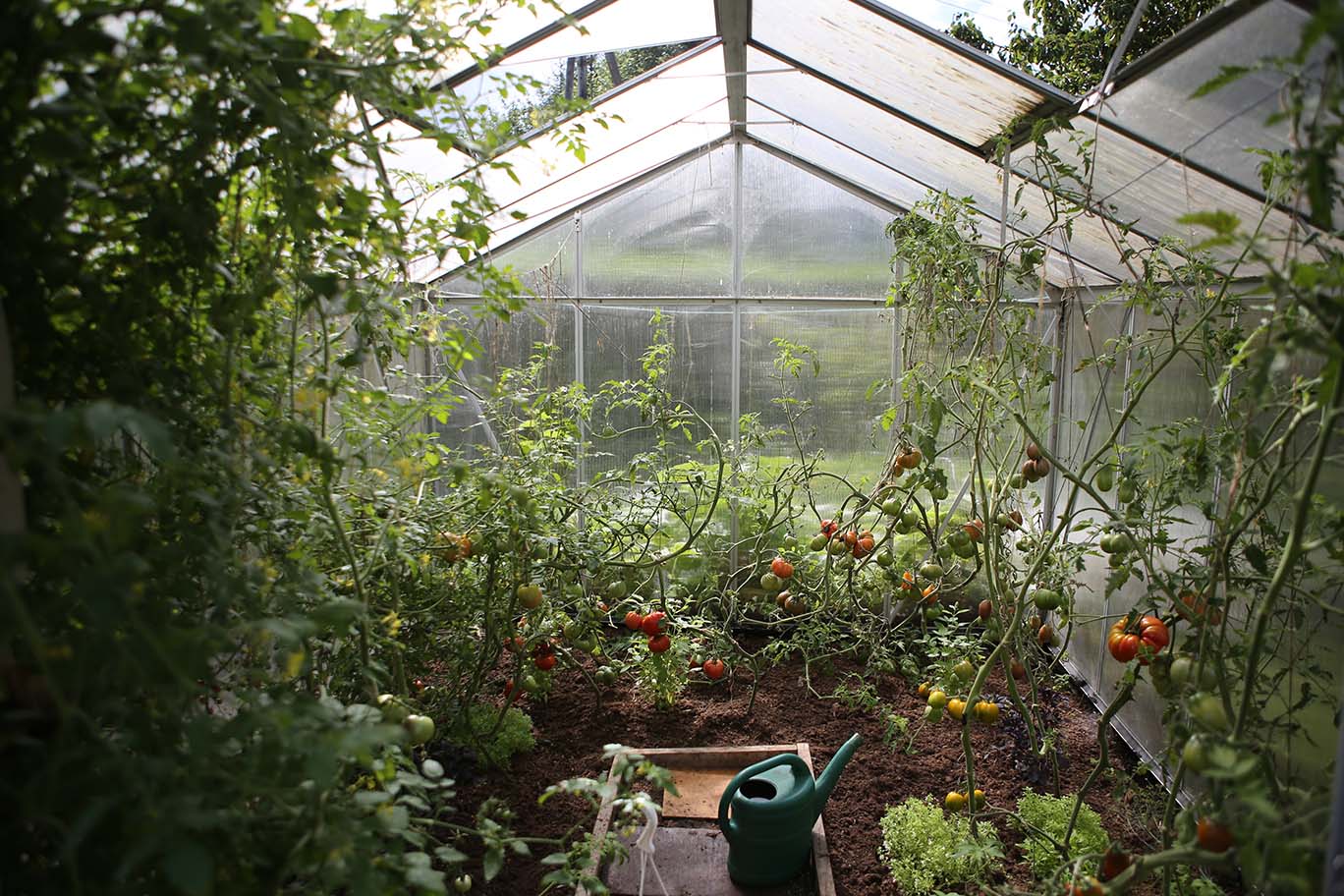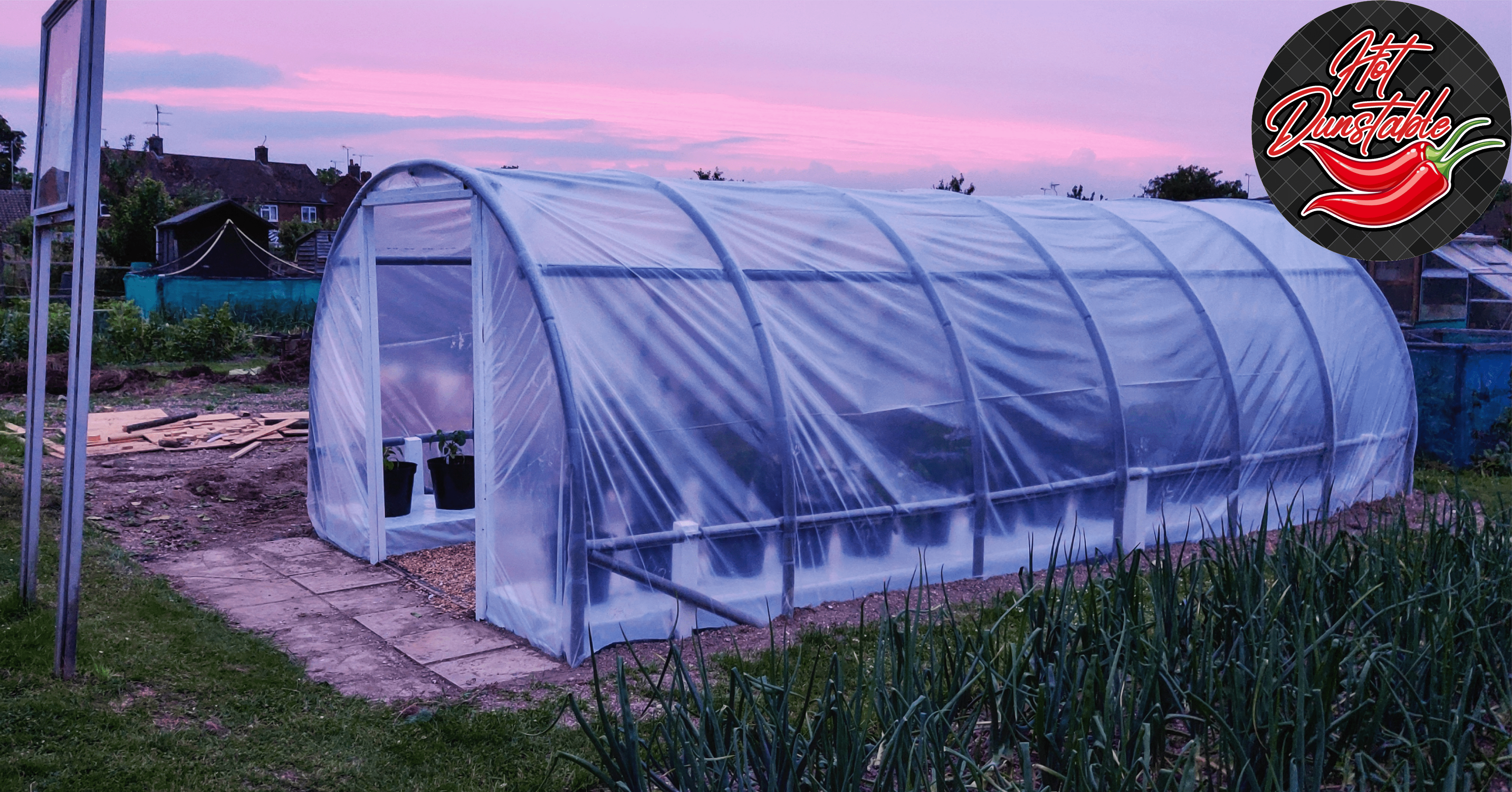Indoor growing refers to the cultivation of plants in a controlled environment, typically inside a building or greenhouse. This type of growing allows for greater control over factors such as temperature, humidity, and light, which can be beneficial for certain types of plants. Outdoor growing refers to the cultivation of plants in a natural outdoor environment. Outdoor growing is typically less controlled than indoor growing, but it can be more cost-effective and require less specialized equipment. Both indoor and outdoor growing have their own set of challenges and benefits, and the best method for a particular plant will depend on its specific needs and the resources available.
In this article we explain to you everything you need to know about indoor and outdoor growing. This is, the Ultimate guide about indoor & outdoor growing.
1 General information
2. Indoor VS outdoor
3. What is indoor growing
4. Benefits of indoor growing
5. Downsides of indoor growing
6. What is outdoor growing
7. Benefits of outdoor growing
8. Downsides of indoor growing
9. Conclusion
2. Indoor VS Outdoor
The debate over indoor versus outdoor growing is a contentious one in the current industry. Both indoor and outdoor growers are convinced that their method is superior.
However, the best way to grow plants depends on a variety of factors, including your specific needs, budget, space, time, and knowledge. In this article, we will examine both indoor and outdoor growing methods, highlighting their benefits and drawbacks.
By considering the information presented here, you can determine which method is most suitable for your needs.
3. What is indoor growing
Indoor growing refers to the cultivation of plants in a controlled environment, typically inside a building or greenhouse. This type of growing allows for greater control over factors such as temperature, humidity, and light, which can be beneficial for certain types of plants.
4. Benefits of indoor growing
There are several benefits to indoor growing:
Greater control over growing conditions:
Indoor growing allows for greater control over factors such as temperature, humidity, and light, which can be beneficial for certain types of plants.
Year-round cultivation:
Indoor growing allows for the cultivation of a wide variety of plants year-round, regardless of the weather or season.
Protection from pests and diseases:
Indoor growing can be less vulnerable to pests and diseases because the grow space is enclosed and can be more easily protected from these types of problems.
Increased productivity:
Indoor growing can allow for increased productivity because plants can be grown in a more controlled environment. This can be especially useful for commercial growers who want to maximize their yield.
Increased privacy: Indoor growing allows for increased privacy because the grow space is enclosed and not visible to the public.
Greater flexibility:
Indoor growing allows for greater flexibility in terms of plant selection and grow space design, as the controlled environment can be customized to meet the specific needs of different types of plants.
Increased security:
Indoor growing can be more secure because the grow space is enclosed and can be more easily protected from theft or vandalism.
Increased convenience:
Indoor growing can be more convenient because it allows for the cultivation of plants closer to home, which can be especially useful for those who live in urban areas or have limited outdoor space.
5 Downsides of indoor growing
There are several downsides to indoor growing:
Higher costs:
Indoor growing can be more expensive than outdoor growing due to the cost of equipment and energy needed to maintain the controlled environment.
Increased labor:
Indoor growing can be more labor-intensive because it requires more frequent watering, fertilization, and monitoring of plants.
Limited space:
Indoor grow spaces are typically smaller than outdoor grow spaces, which can limit the number and size of plants that can be grown.
Limited sunlight:
Indoor grow spaces may not receive natural sunlight, which can be necessary for the growth and development of some plants.
Limited air circulation:
Indoor grow spaces may have limited air circulation, which can affect the health and growth of plants.
Increased risk of pests and diseases:
Despite the protection provided by the controlled environment, indoor growing can still be vulnerable to pests and diseases, especially if proper hygiene and pest control measures are not followed.
Limited natural environment:
Indoor growing does not provide plants with the natural environment of an outdoor grow space, which can affect their growth and development.
Increased risk of fire:
Indoor grow spaces may be at increased risk of fire due to the use of artificial lighting and other electrical equipment. It is important to follow proper safety measures to minimize this risk.
6. What is outdoor growing
Outdoor growing refers to the cultivation of plants in a natural outdoor environment. This type of growing is typically less controlled than indoor growing, as it is subject to the natural conditions of the environment such as sunlight, temperature, and weather.
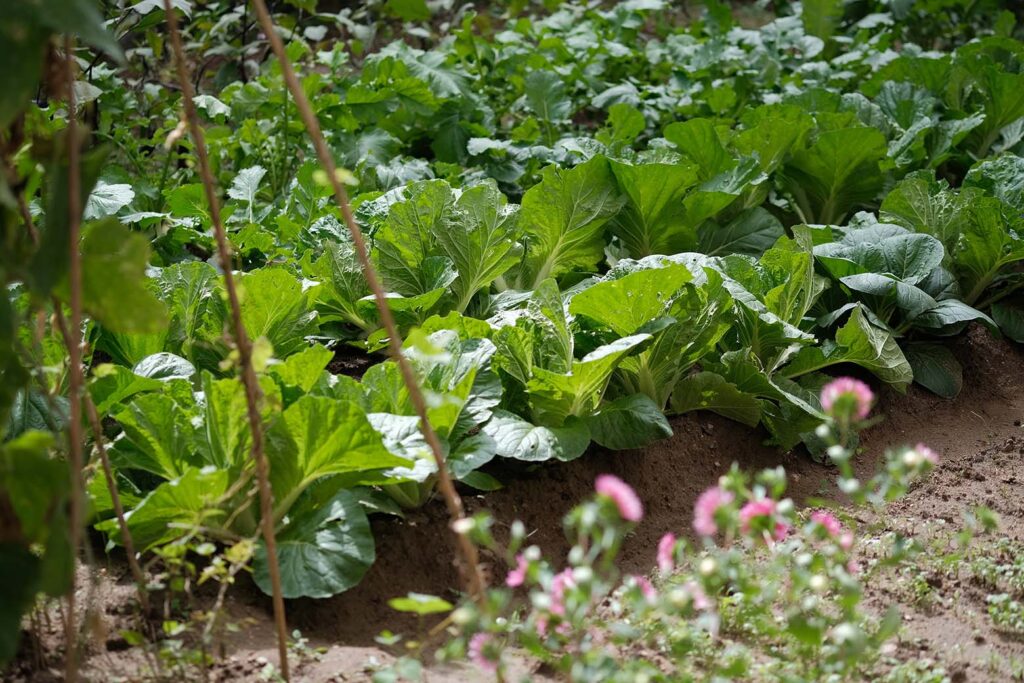
7. Benefits of outdoor growing
There are several benefits to outdoor growing:
Lower costs:
Outdoor growing can be less expensive than indoor growing because it requires fewer specialized tools and equipment, and it relies on natural light and weather rather than artificial lighting and climate control systems.
Natural environment:
Outdoor growing allows plants to grow in a more natural environment, which can be beneficial for their growth and development.
Increased space:
Outdoor grow spaces are typically larger than indoor grow spaces, which allows for the cultivation of larger and more numerous plants.
Access to natural sunlight:
Outdoor grow spaces receive natural sunlight, which is necessary for the growth and development of many plants.
Increased air circulation:
Outdoor grow spaces have greater air circulation, which can be beneficial for the health and growth of plants.
Greater convenience:
Outdoor growing can be more convenient for those who have access to a suitable outdoor space.
Increased privacy:
Outdoor growing can provide increased privacy because the grow space is not visible to the public.
Greater security:
Outdoor grow spaces may be less vulnerable to theft or vandalism compared to indoor grow spaces.
8. Downsides of outdoor growing
There are several potential downsides to outdoor growing:
Weather:
Outdoor plants are at the mercy of the elements and can be damaged by extreme weather such as wind, rain, hail, and frost.
Pests:
Outdoor plants are more susceptible to pests such as insects, rodents, and disease.
Security:
Outdoor plants are more visible and may be more likely to be stolen or vandalized.
Lack of control:
When growing outdoors, you have less control over the growing environment and may face challenges such as pH imbalances in the soil, nutrient deficiencies, and variations in temperature and humidity.
Legal issues:
In some areas, it may be illegal to grow certain types of plants outdoors. It is important to check the local laws and regulations before starting an outdoor grow.
Lower yields:
Outdoor plants may not produce as high of a yield as indoor plants due to the lack of control over the growing environment.
Time-consuming:
Outdoor growing can be more labor-intensive than indoor growing, as it requires more frequent watering, fertilizing, and pest management.
9. Conclusion
As you can see, both methods have their own benefits and it’s more about which one suits you best. On a tight budget? Grow outdoors to benefit from as much natural light, grow space etc you can. Don’t have a yard or not enough space on the balcony? Than give indoor growing a try. Even better, combine the best of both worlds! Indoor growing to get a frequent supply of food all year around and outdoor to expiriment, grow special crops or produce more.
